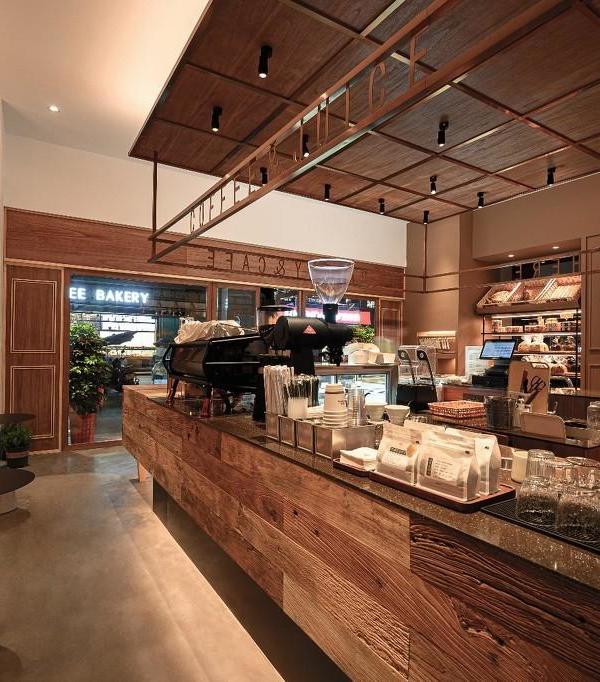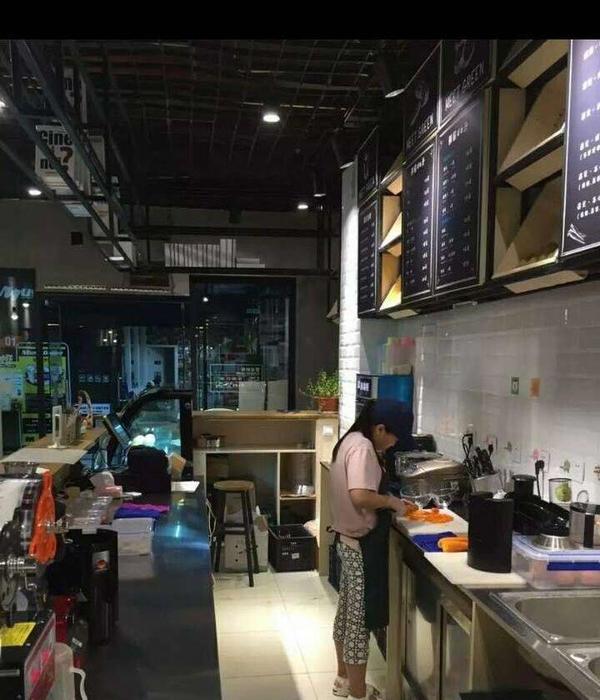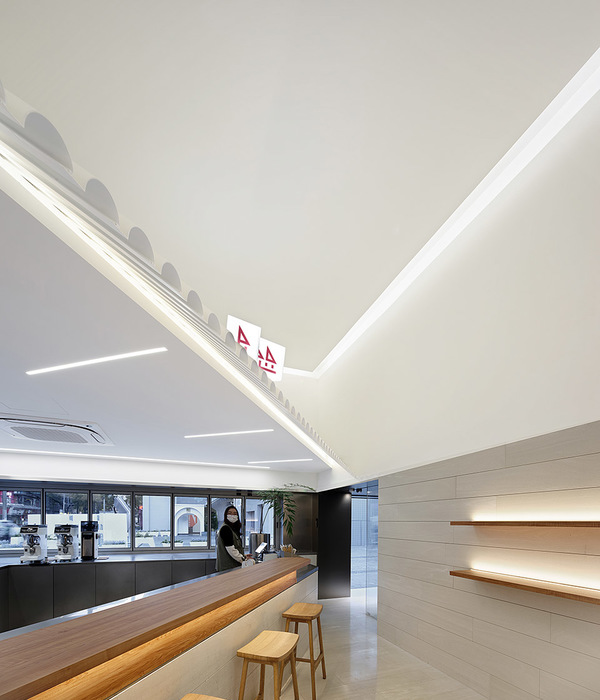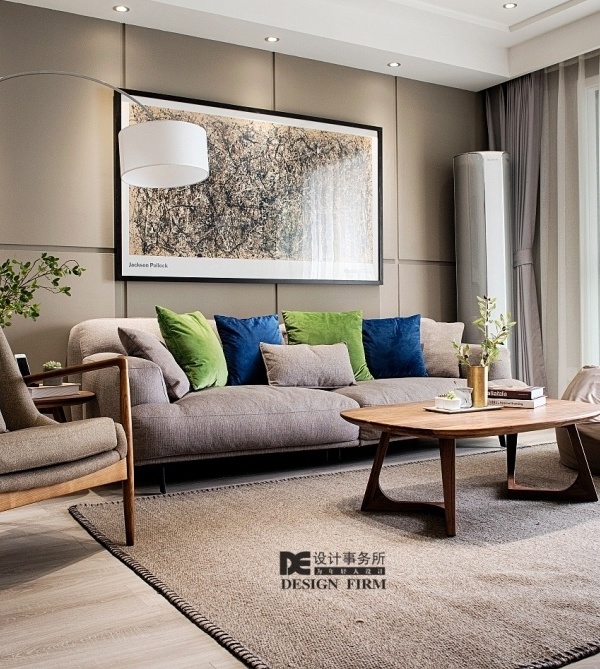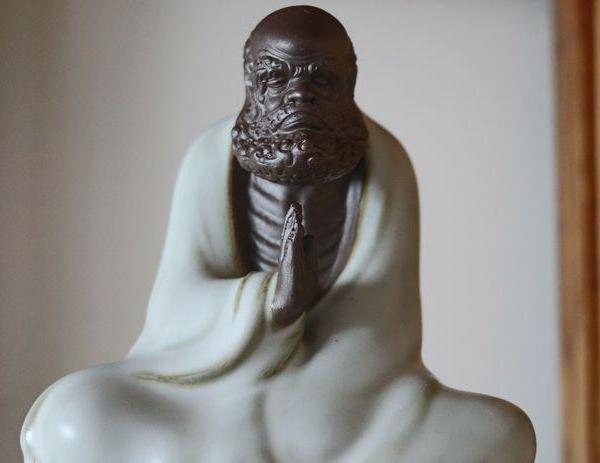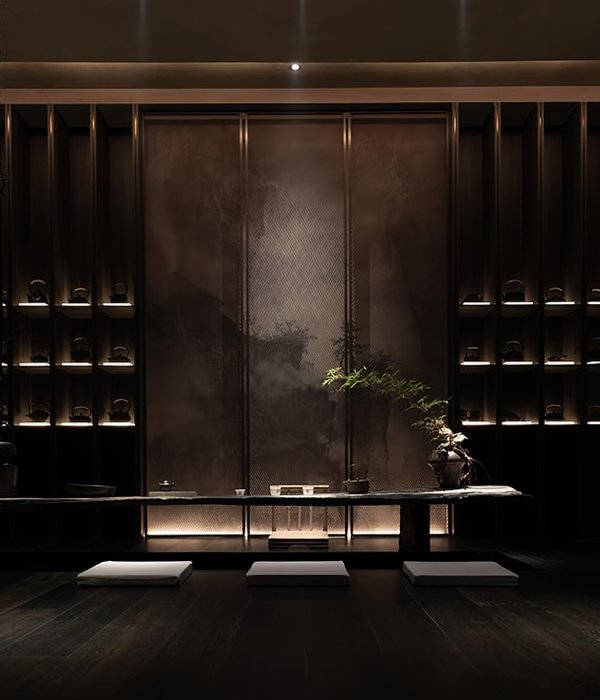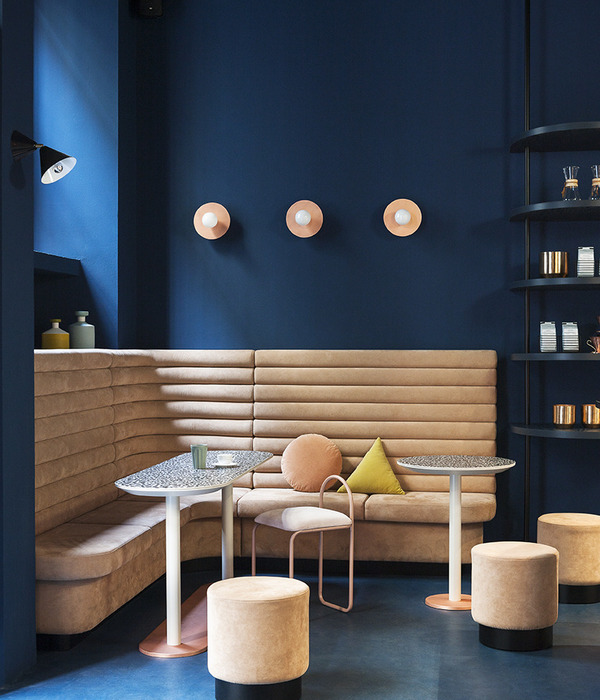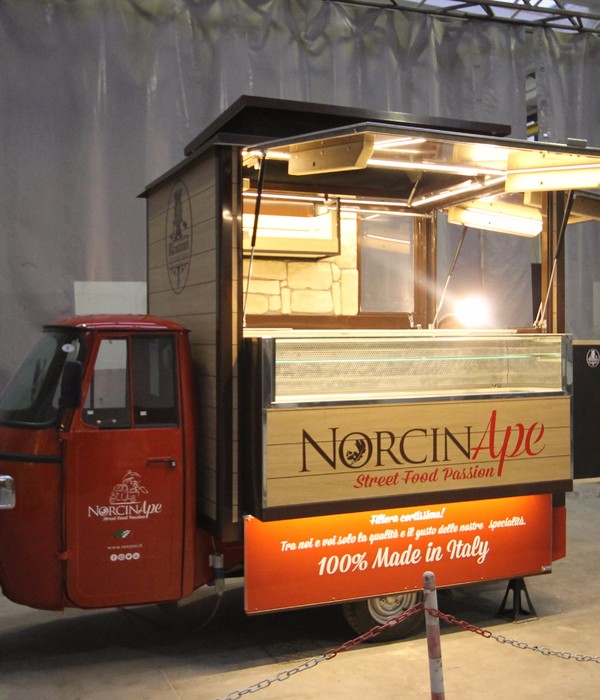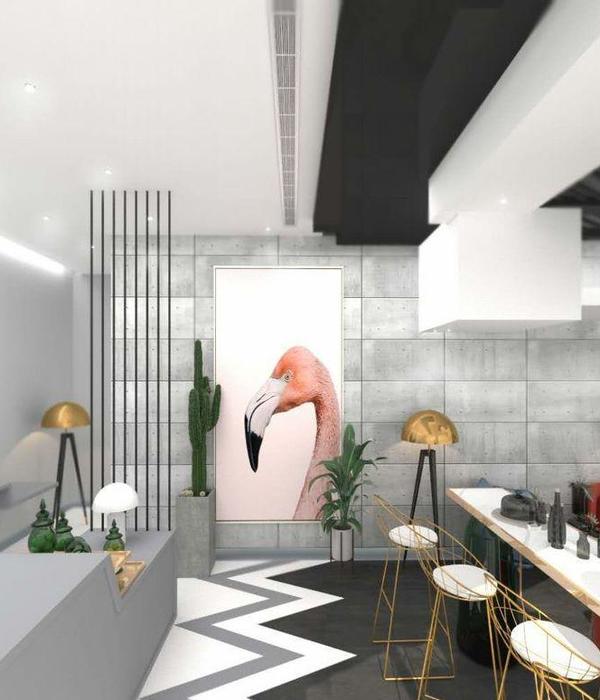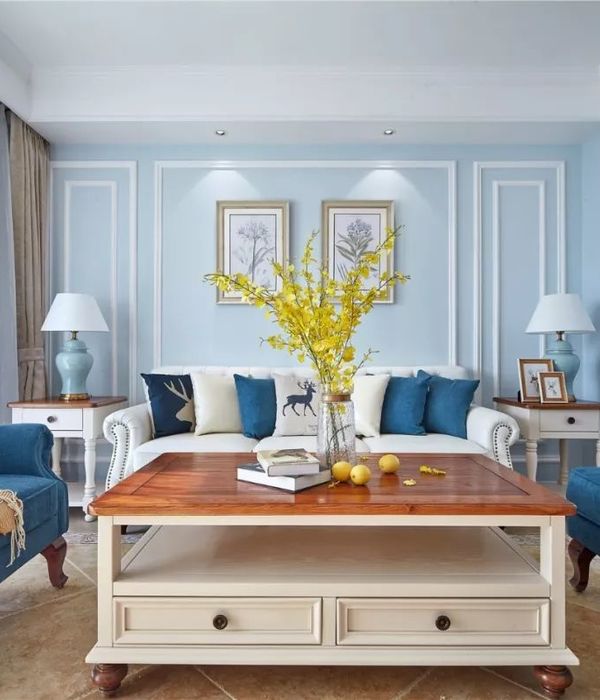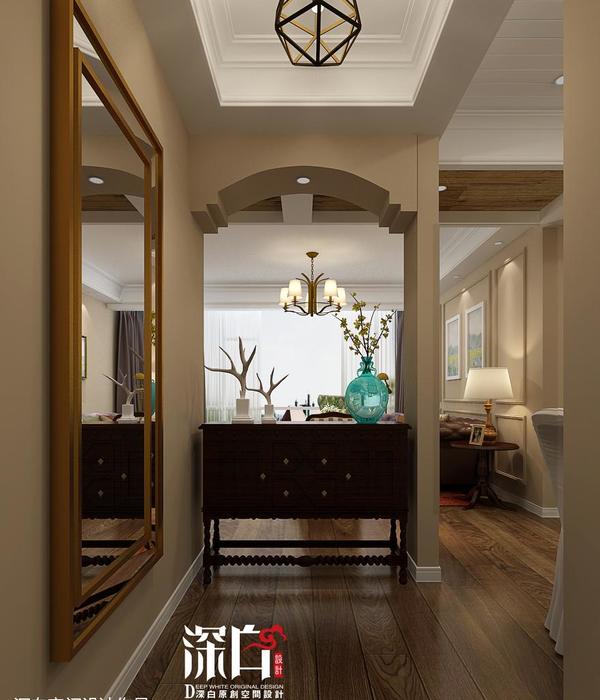Le Corderie dell'Arsenale - Room 7, Bay 35N-36N
The architecture studio Miralles Benedetta Tagliabue - EMBT, present at the Biennale Architettura 2018 (25.05 -26.11.2018, Venice) ‘Weaving architecture’, an installation which encapsulates their philosophy of work and their innovative experiments on architecture as fabric, using American red oak and fibre glass thread
A participative space as a manifestation of freedom: this is the idea behind the installation Weaving architecture. Miralles Tagliabue EMBT’s project conveys how manual techniques, such as weaving, have the ability to humanize public spaces.
The poetic structure presented in Venice is composed by various elements intertwined in two levels. The higher level is built with American red oak modules and the lower one with steel modules; and both are woven with fibre glass of different colours, which softens the visual effect and blurs the boundaries created by the structure.
A FREE SPACE IS A WELL WOVEN SPACE
‘Weaving Architecture’ summarises a way of thinking stemming from Benedetta Tagliabue and EMBT's experimental work through the years, starting with the wicker Spanish Pavilion of Expo 2010 Shanghai.
Progressing now in Clichy-sous-Bois and Montfermeil (in the outskirts of Paris) with the design of a metro station (part of the Grand Paris Express), a marketplace, an urban renewal, which will be built with fibers, a delicate material resistant through time and climate.
‘Weaving Architecture’, here in La Biennale, deals with the concept of weaving at different scales: weaving the city through its metro, weaving activities of people in the public space, weaving the structure of the canopy to dress it with fiber fabrics.
The canopy provides protection and shade, creating a comfortable, semi-open space for various communal activities. Its colourful nature expresses the spirit of Clichy-sous-Bois and Montfermeil by recalling patterns of African traditional clothing as well as local graffiti - an artwork owned by the people.
This architecture, like the infrastructure it represents, links territories and builds a sense of social inclusion by manifesting architecture’s social role.
THE GRAND PALAIS EXPRESS
Currently Grand Paris Express is Europe's largest infrastructure and development project: 200 km of automatic metro lines and 68 new stations to build, wich integrates metro networks, trains and airports. With a scale of this venture, the project is not only a technical and architectural opportunity but also an economic, social and cultural challenge that will make these stations and their neighbourhoods better places to live.
Implementation of Grand Paris Express will strengthen the attractiveness of the region to promote equality within the territories of the metropolis. For millions of users, it will create changes not only in their transport but their territory.
More of 40 teams from around the world are working to imagine the transport of tomorrow, a question of contributing to future culture that belongs to everybody in Grand Paris.
THE MATERIAL
“Red oak not only has a minimal carbon footprint but is also truly sustainable”, explained AHEC’s European Director, David Venables. ‘The American hardwood forest, which occupies about 120 million hectares of the United States, has been well managed by successive generations of small landowners. Trees are selectively harvested and replaced through natural regeneration. The timber grows at a much higher pace than it is extracted and the forest increases by 401 hectares each year – the equivalent of a football pitch every minute.”
Two years ago, Benedetta embarked on a journey with the American Hardwood Export Council to demonstrate the potential of underused species, which despite growing abundantly in the forests are being underused because they are not in fashion. This journey started with The Workshop of Dreams, where she teamed up with Pritzker Prize Director Martha Thorne to create a series of coffee tables made in sustainable U.S. hardwoods. It continued with Too Good to Waste, an installation presented at Milan Design Week 2017, which opened up a dialogue about the need to use all the different species that the forests produce in order to achieve real sustainability.
That’s why when thinking about the material for Weaving architecture American red oak was an obvious choice for EMBT. Thanks to those two projects, they had previous experience with this beautiful timber and were aware of its outstanding environmental properties.
Despite being a favourite in other parts of the world like the U.S and Asia, red oak is not being used in Europe. As AHEC’s European Director, David Venables puts it “Nearly one out of every five hardwood trees standing in the U.S. forests is a red oak, yet industries in Europe are reluctant to use it. We hope this project will inspire a more imaginative use of this beautiful and sustainable species”.
EXHIBITION CREDITS
Collaborators: Elena Nedelcu, Nazaret Busto Rodríguez, Ana Otelea, Arturo Mc Clean, Lin Lap, Giorgia Mazzeo, Vanessa Mingozzi, Andrea Grigoletto, Lluc Miralles.
Special thanks to: Fonds de dotation du Grand Paris Express, Société du Grand Paris, Ministerio de Fomento de España, American Hardwood Export Council (AHEC), Institut Ramón Llull.
With the additional support of: Studio Iorio, I-Mesh, Intrama, Estmart, Marcotran, Tagi 2000.
{{item.text_origin}}

